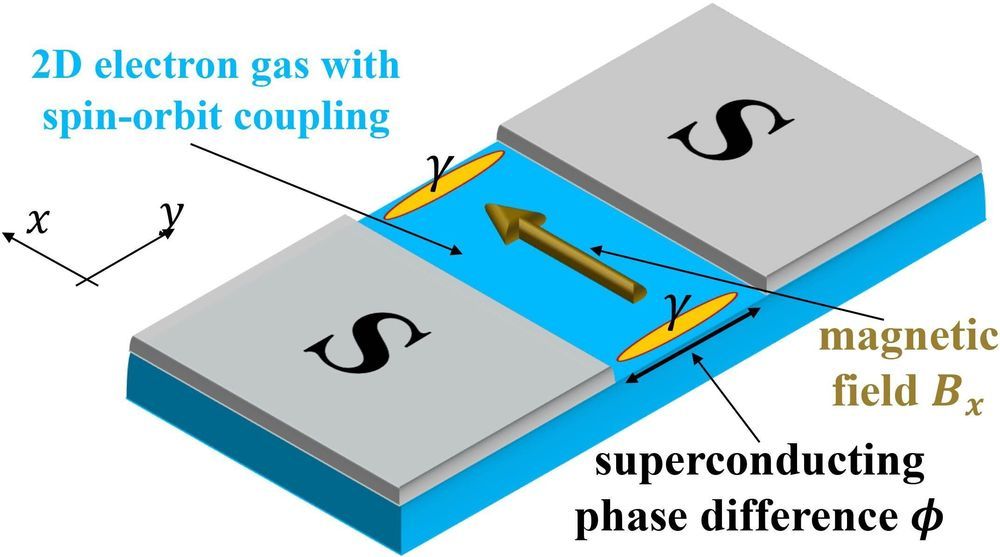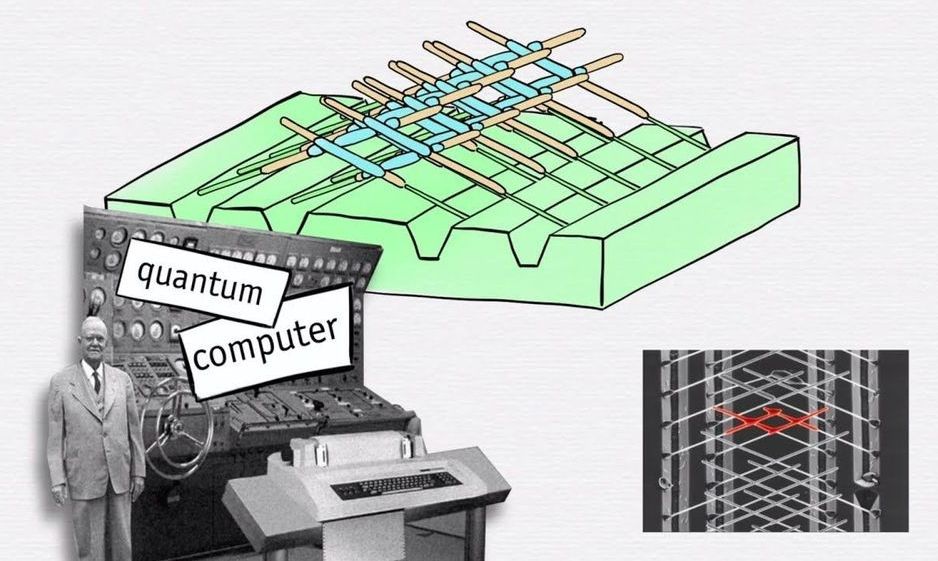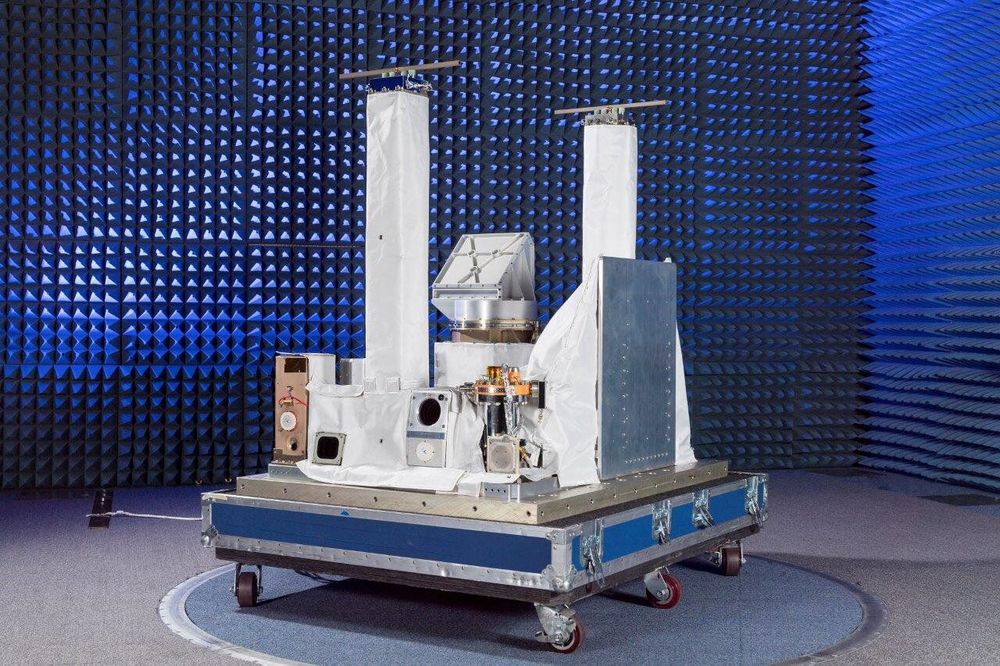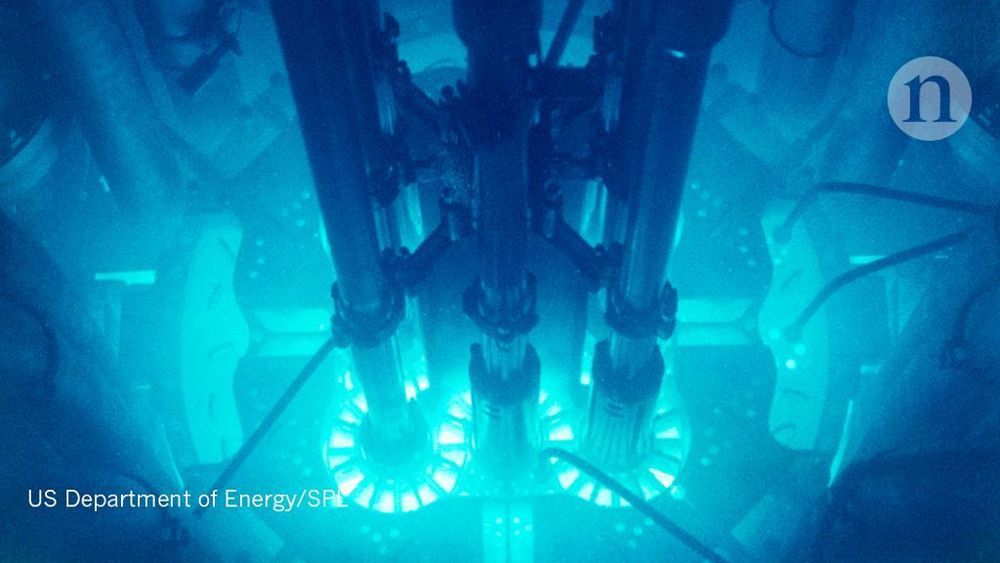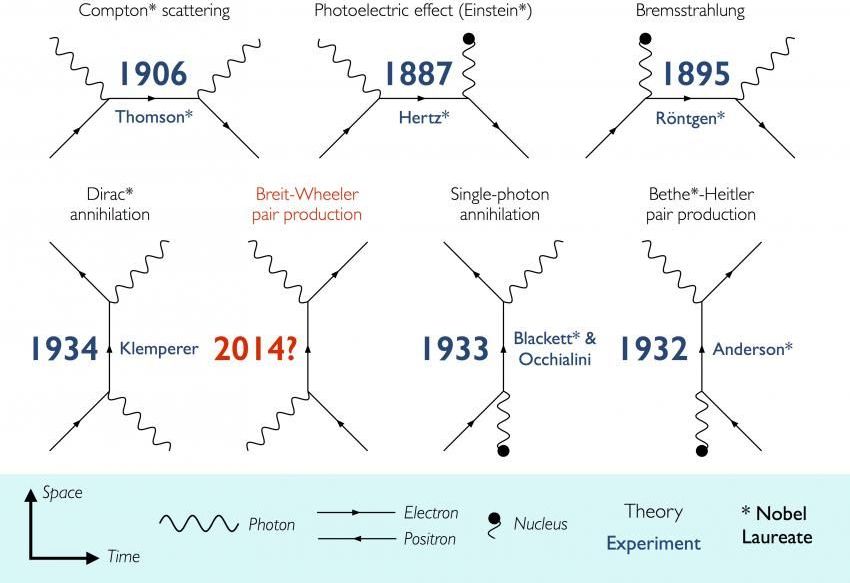Majorana particles are very peculiar members of the family of elementary particles. First predicted in 1937 by the Italian physicist Ettore Majorana, these particles belong to the group of so-called fermions, a group that also includes electrons, neutrons and protons. Majorana fermions are electrically neutral and also their own anti-particles. These exotic particles can, for example, emerge as quasi-particles in topological superconductors and represent ideal building blocks for topological quantum computers.
Going to two dimensions
On the road to such topological quantum computers based on Majorana quasi-particles, physicists from the University of W\xFCrzburg together with colleagues from Harvard University (USA) have made an important step: Whereas previous experiments in this field have mostly focused on one-dimensional systems, the teams from W\xFCrzburg and Harvard have succeeded in going to two-dimensional systems.
